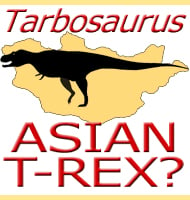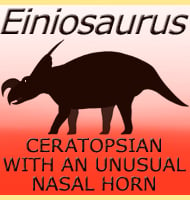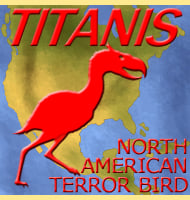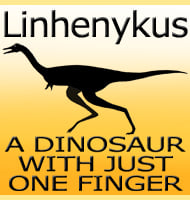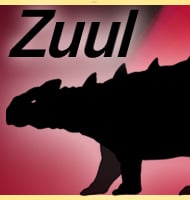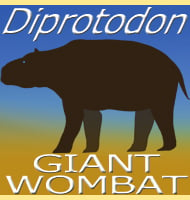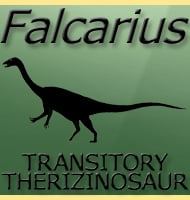In Depth
The skull that is the holotype of Calsoyasuchus is incomplete with quite a few pieces missing. However CT scanning of the skull has revealed the presence of an intricate network of air passages and a double walled secondary palate; a feature of modern crocodiles. How Calsoyasuchus fits into the development of modern crocodiles is still uncertain however considering that this skull construction may have developed in many kinds of prehistoric crocodiles, with modern forms being the only surviving crocs to still feature this. The discovery of Calsoyasuchus also revealed that goniopholidid crocodiles first appeared in the early Jurassic; previous discoveries were all dated to the mid Jurassic.
Aside from Calsoyasuchus a growing number of other extinct creatures are also known from the Kayenta Formation, though perhaps the most famous of these so far is the theropod dinosaur Dilophosaurus.
Further Reading
– Calsoyasuchus valliceps, a new crocodyliform from the Early Jurassic Kayenta Formation of Arizona. – Journal of Vertebrate Paleontology. 22 (3): 593–61 – Ronald S. Tykoski, Timothy B. Rowe, Richard A. Ketcham & Matthew W. Colbert – 2002.


